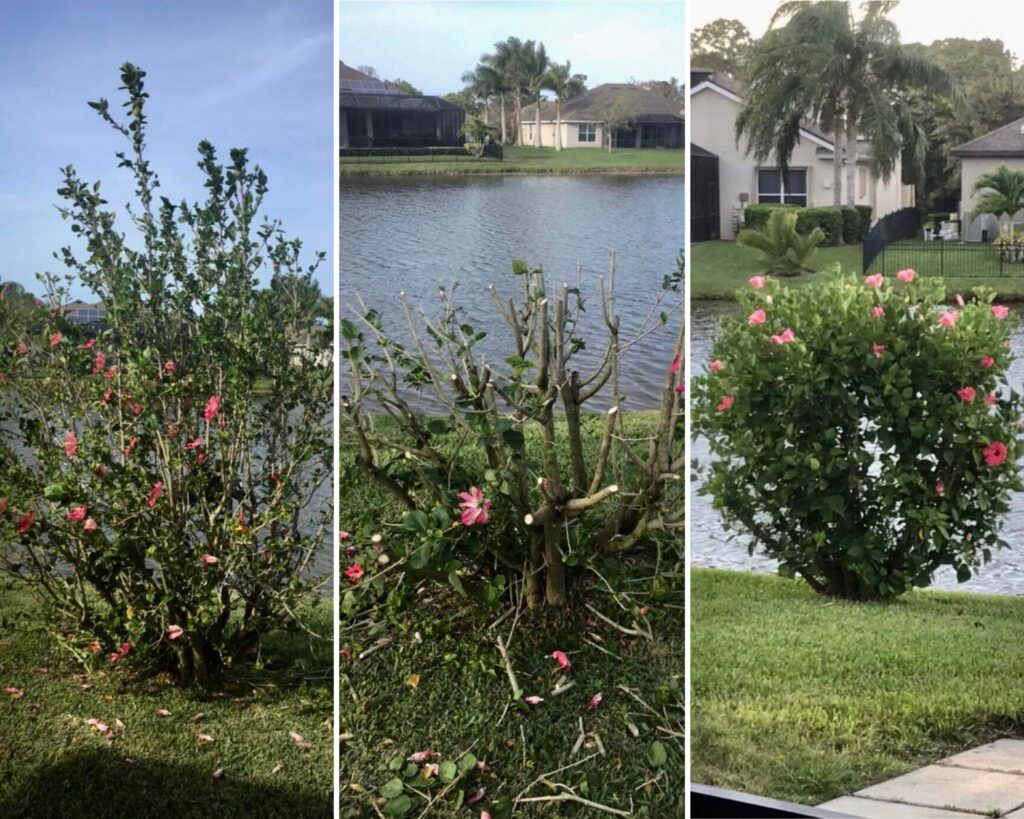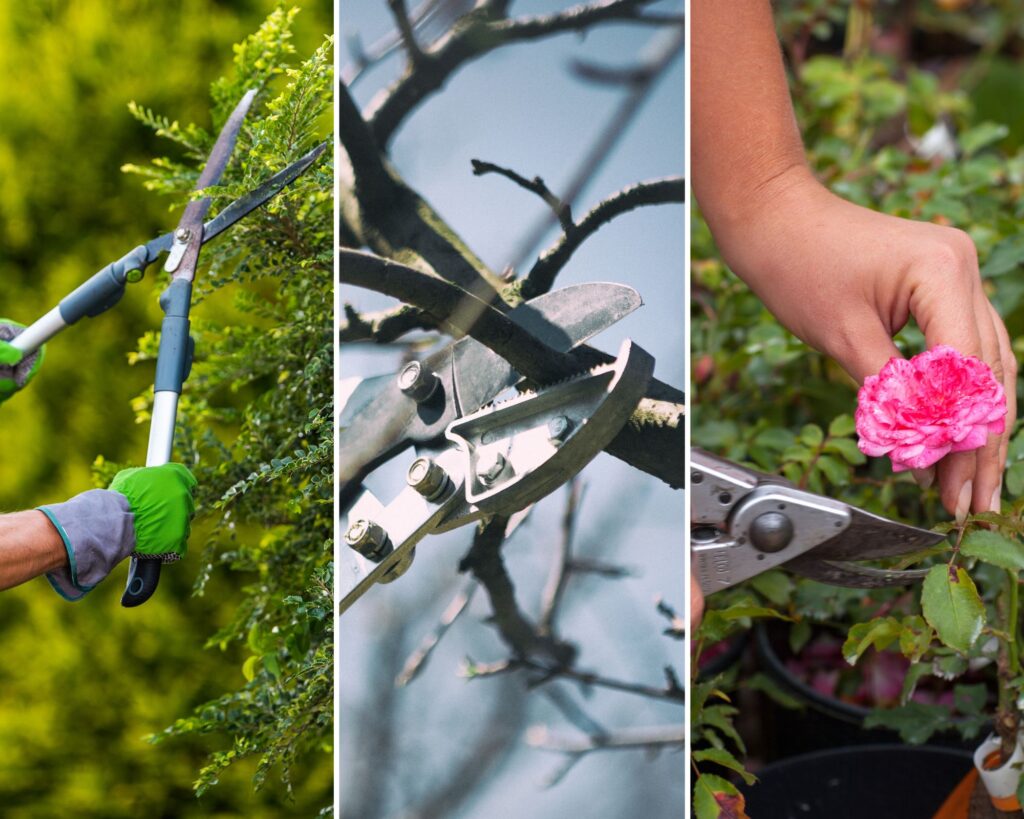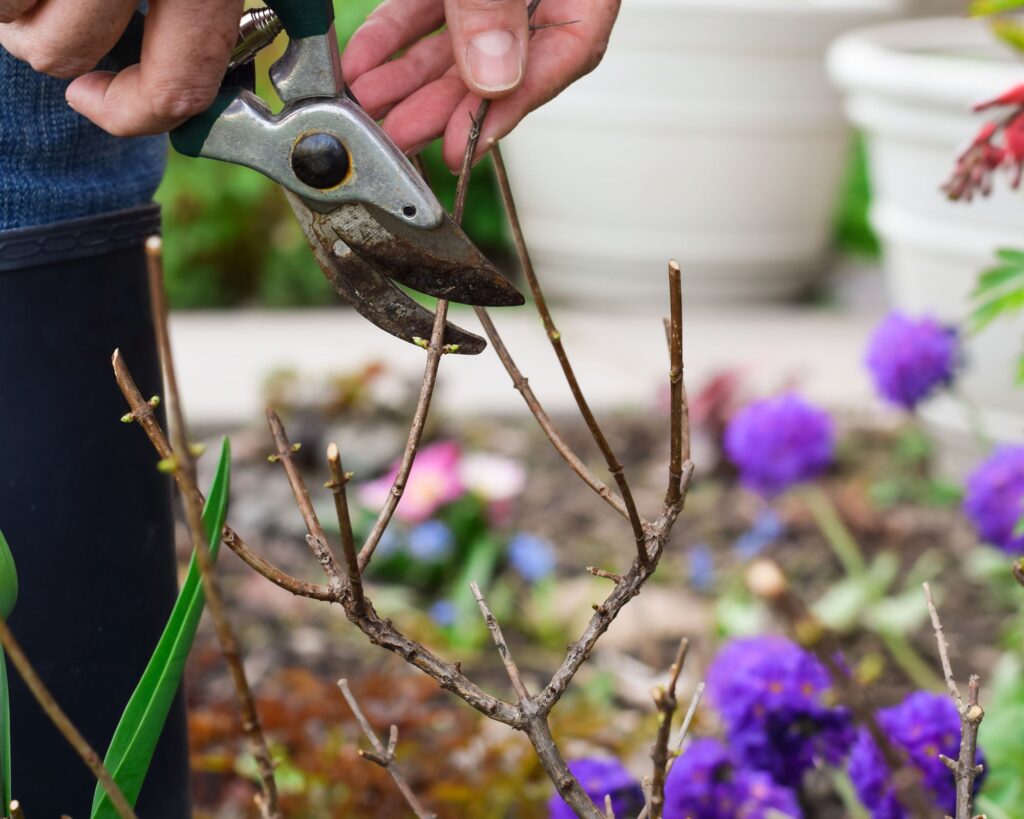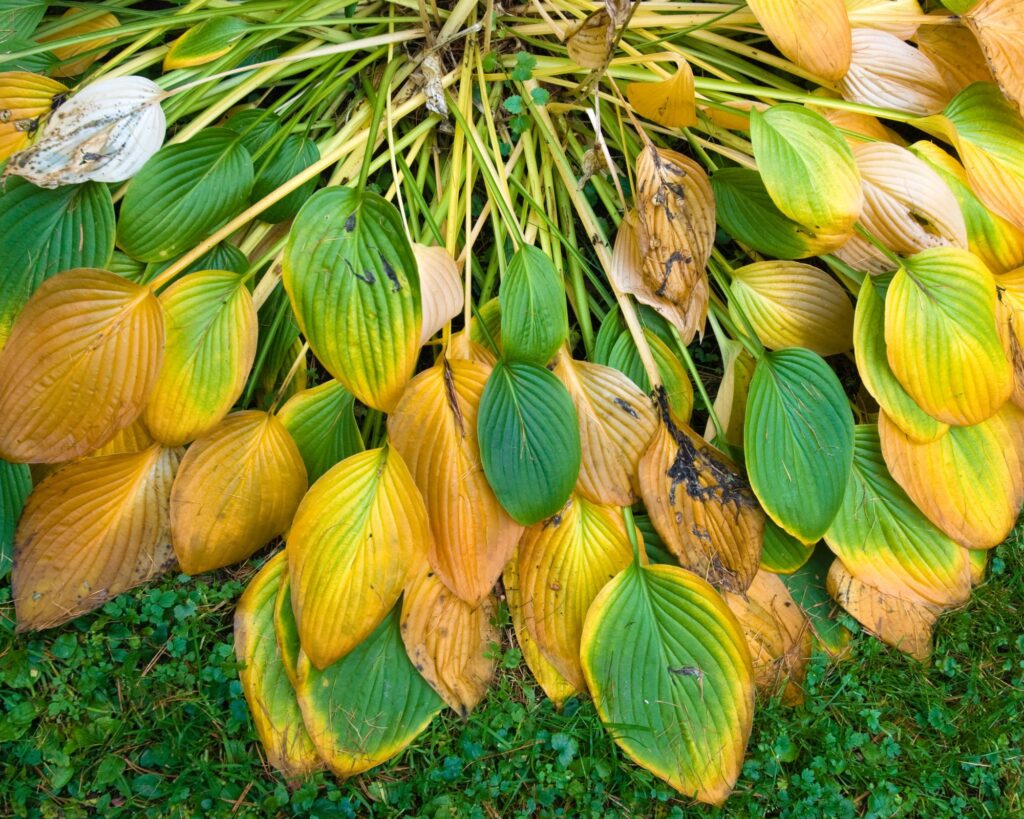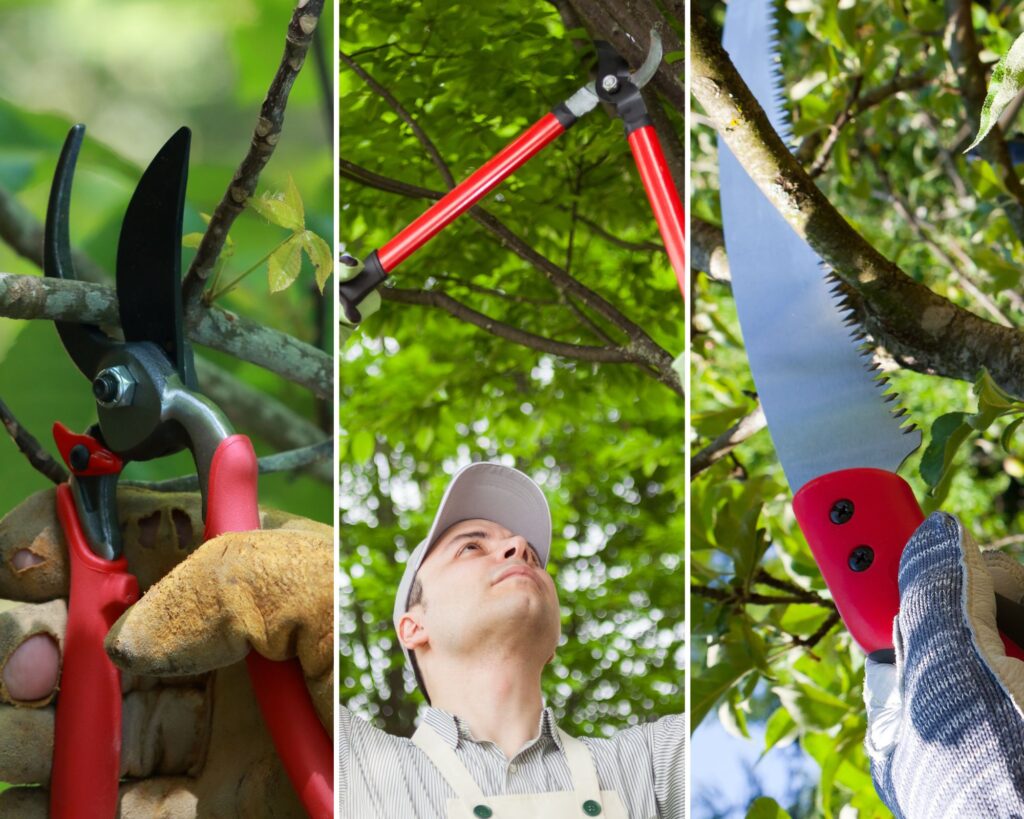Gardening isn’t just about aesthetics – it’s about mastering the timing of nature. Imagine a garden that flourishes with vibrant growth, where each plant is healthier, more fruitful, and resilient, all thanks to one simple strategy: a well-timed pruning schedule.
Pruning is more than just trimming back stray branches; it’s about fortifying your plants against disease, improving blooms, and boosting yields. Each plant has unique needs, and discovering the best way to prune them can feel like unlocking a hidden code.
But don’t worry – it doesn’t have to be daunting. With a little planning, you’ll soon be wielding your pruners like a pro, creating a garden that’s not just beautiful, but thriving year-round. Ready to make your garden the envy of the neighborhood? Let’s dive in.
Why Is Pruning So Important?
Pruning serves several crucial functions that help your garden flourish:
- Encourages healthy growth: Removing dead or diseased branches prevents the spread of diseases and pests.
- Boosts productivity: For flowering and fruiting plants, pruning stimulates better blooms and higher yields.
- Improves air circulation: Thinning out overgrown plants reduces moisture buildup, which can lead to fungal diseases.
- Shapes plants: Pruning helps you maintain the desired size and shape of your plants, ensuring they don’t become unmanageable.
However, pruning at the wrong time or in the wrong way can do more harm than good. That’s why a pruning schedule is essential – different plants have different needs, and knowing when and how to prune is the key to their success.
General Pruning Guidelines
Before diving into a month-by-month pruning schedule, it’s helpful to understand a few basic principles that apply to most plants:
- Always use clean, sharp tools: Dull or dirty tools can tear branches and spread diseases.
- Cut at the right angle: Make cuts at a 45-degree angle to encourage water to run off, which helps prevent rot.
- Know what to remove: Focus on dead, damaged, or diseased wood first, then remove crossing or overcrowded branches.
- Don’t over-prune: Removing more than a third of a plant at one time can stress it, so it’s better to prune lightly and more often.
Now that you’ve got the basics down, let’s move on to creating a pruning schedule for your garden.
Winter (December – February)
Winter is typically a time of dormancy for many plants, making it the perfect season for pruning certain trees and shrubs.
- Deciduous Trees and Shrubs: Winter is the best time to prune deciduous trees and shrubs, such as maple, oak, and birch. Without leaves in the way, you can clearly see the tree’s structure and make precise cuts.
- Fruit Trees: Apple, pear, and other fruit trees benefit from winter pruning as it encourages new growth and larger fruit production in the spring. Remove any suckers and thin out overcrowded branches to improve airflow.
- Roses: In late winter, prune hybrid tea roses, floribundas, and grandifloras. Cut back to about a third of the plant’s height to encourage vigorous spring growth.
Early Spring (March – April)
As the temperatures begin to rise, plants start waking up from their winter dormancy, and it’s time to start pruning for the new growing season.
- Flowering Trees and Shrubs: Prune summer-flowering trees and shrubs, such as butterfly bush and crape myrtle, in early spring. These plants bloom on new growth, so cutting them back now ensures a spectacular show in the summer.
- Perennials: Cut back dead growth on perennials like ornamental grasses, coneflowers, and sedum. Prune early-spring bloomers like hellebores and bleeding hearts after they’ve finished flowering.
- Hydrangeas: Depending on the type of hydrangea, you may need to prune them now. For varieties that bloom on old wood, like oakleaf and bigleaf hydrangeas, wait until after they bloom to prune.
For panicle and smooth hydrangeas, early spring pruning encourages blooms.
Late Spring (May – June)
By late spring, your garden is likely in full bloom, and it’s time to shape and maintain the health of your plants.
- Spring-Flowering Shrubs: Once spring-flowering shrubs like lilac, forsythia, and azalea have finished blooming, prune them immediately to shape the plant and remove spent flowers. Pruning too late can interfere with next year’s blooms.
- Evergreens: Prune evergreen trees and shrubs, such as junipers, pines, and spruces, in late spring or early summer. Trim back new growth (also called “candles”) to encourage bushier growth and maintain shape.
- Climbing Roses: After the first flush of flowers, prune climbing roses to remove any spent blooms and encourage more growth. You can also tie back any wayward canes to support structures.
Summer (July – August)
Summer is a good time for maintenance pruning and cleaning up your garden’s appearance. This is also the time to prune any plants that may have gotten a little unruly.
- Summer-Flowering Shrubs: As soon as summer-flowering shrubs like butterfly bush, spirea, and abelia finish their bloom, give them a light pruning. This keeps them neat and may encourage a second bloom later in the season.
- Deadheading: Removing spent flowers from annuals and perennials can prolong their blooming season. Plants like petunias, geraniums, and daylilies respond well to regular deadheading.
- Hedges: If you have formal hedges like boxwood, yew, or privet, summer is a good time to trim them. Be mindful of how much you cut back—light, regular trimming is better than heavy pruning at once.
Fall (September – November)
Fall pruning requires a more delicate approach. Some plants need a light trim, while others should be left alone until spring.
- Perennials: In late fall, cut back spent perennials like hostas, peonies, and daylilies to tidy up your garden before winter. Leave some plants with seed heads, like coneflowers and grasses, for winter interest and wildlife habitat.
- Deciduous Trees and Shrubs: Avoid heavy pruning of deciduous trees and shrubs in the fall, as it may encourage late growth that will be damaged by winter cold. However, it’s fine to remove dead or damaged branches.
- Fruit Trees: You can give fruit trees a light trim in the fall, but avoid heavy pruning. Too much pruning can trigger new growth that won’t have time to harden off before winter.
The Tools You’ll Need for Pruning
Having the right tools makes pruning easier and more efficient. Here’s a basic list of what you’ll need:
- Pruning shears: These are your go-to for small branches and stems. Choose a high-quality pair that’s comfortable in your hand.
- Loppers: For larger branches, loppers give you more leverage. Look for long-handled versions for better reach.
- Pruning saw: A small pruning saw is great for cutting thicker branches that are too tough for shears or loppers.
- Gloves: Protect your hands from thorns and sharp branches with a sturdy pair of gloves.

